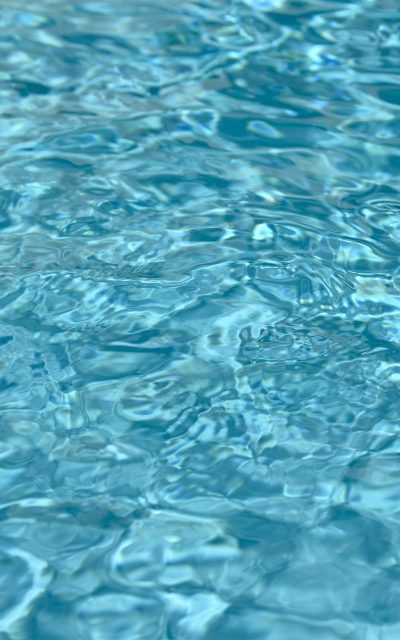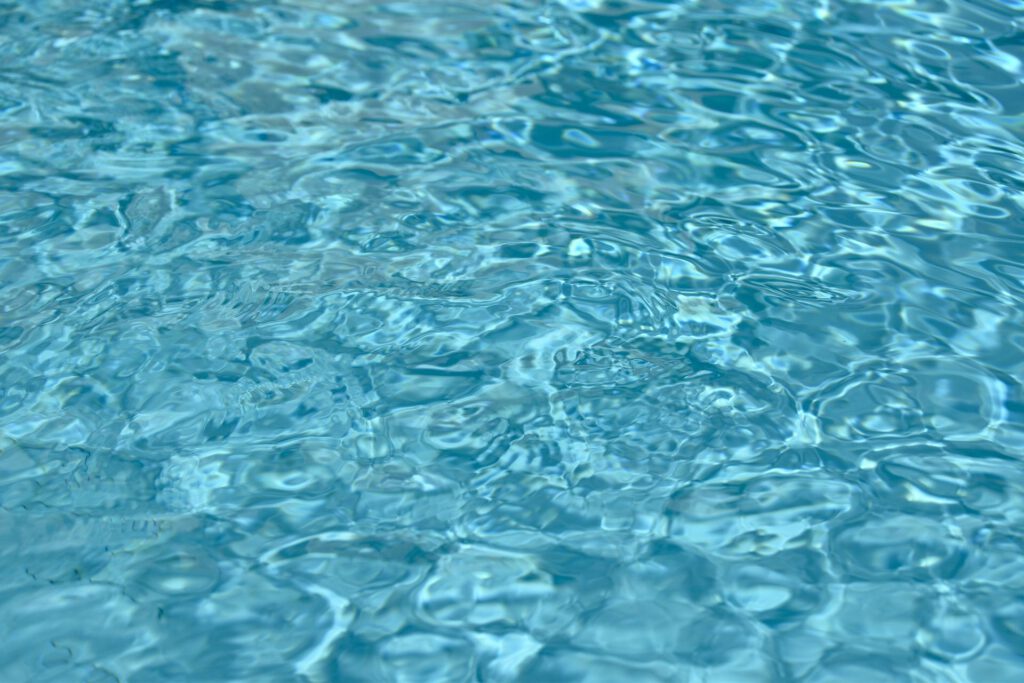
How to Backwash a Pool Filter
If you haven’t already been outside enjoying your pool, then the next few months are definitely going to see you and your family making more use of it. But despite the great weather and grand plans, you might have some basic maintenance to do for your pool first.
Part of that pool maintenance, depending on when you last did it, is backwashing your filter. This is something that can help to keep your pool water in great condition, so we thought we’d spend a little bit of time this month explaining what it is and how you can do it.
But don’t worry, if any of this seems confusing or if you feel like you might make the situation worse, then at Morehead Pools we can provide a professional maintenance program to suit you and take the hard work off your hands.

What is backwashing?
To backwash – or backwashing – your pool is to essentially clean the filter of your pool. The process involves passing water back through your filter in the opposite direction, reversing the flow to push any contaminants that may be blocking it. These contaminants may have built up over an extended period of time, which makes your filter less effective when it comes to ensuring your pool water remains clean.
You’ll know when you’ve gotten the filter clean, because all the contaminants should have run out through the waste line, leaving you with clear water once more.
Different types of pool filters
There are two common pool filter types, so we’ll take a look at how you backwash both of them individually, but here’s a quick rundown of what the two types are and how they work:
- Sand Filter – As it sounds, a sand filter will use sand to catch any dirt and debris to ensure the water being pumped back into your pool is kept clean.
- DE Filter – DE, or diatomaceous earth, filters are designed to work in a similar way to sand filters, but instead use diatomaceous earth as a fine-grade filtration particle.
How to backwash a sand filter in 10 steps
- First, turn your pool pump off.
- Using the valve handle, lock the filter into the ‘backwash’ position.
- Now you can turn the pump on to carry out the backwash until the water runs clear in the sight glass.
- Turn the pool pump off again.
- Now set the filter valve handle to the ‘rinse’ position and lock it into place.
- Re-engage the pump and run the process for a one-minute rinse or until the water is clear in the sight glass again.
- Turn the pool pump off again.
- If you want to clean the skimmer basket and hair catcher, you should close those valves now and clear them out at this point.
- Reopen the skimmer valves and lock the filter valve handle back into the ‘filter’ position.
- Turn your pool pump back on.
How to backwash a DE filter in 10 steps
- First, turn your pool pump off.
- Using the valve handle, lock the filter into the ‘backwash’ position.
- Turn the pump back on for a 2-minute backwash or until you see the clear water in the sight glass.
- Turn the pool pump off again.
- Now set the filter valve handle to the ‘rinse’ position and lock it into place.
- Switch the pump back to rinse for a minute or two. Repeat these first few steps if the filter is very dirty.
- Turn the pump off again and return it to ‘filter’.
- Check manufacturer instructions as to how much DE powder to refill with.
- You may also wish to add the DE to the skimmer mixed with water, or into the pump strainer depending on manufacturer recommendations.
- Turn the pump on again and let the DE powder coat the filter grids for roughly 30 minutes.
For both these filter types, but particularly the DE filters, the systems may differ, which is why we recommend following the manufacturer’s instructions or engaging professional maintenance services for your pool.
How often should I backwash my pool?
How often you backwash your pool depends less on the type of filter in place and more about how much you use the pool. The more you use your pool, the more you will need to backwash it to keep it clean. You should also factor in the location of your pool in relation to things like trees and shrubs, since you’re more likely to have organic particles getting into your filter more often if they’re close by.
You should avoid backwashing your pool, however, if you’ve got an algae issue. This is because algae could get through your filter and back into your pool. That means your pool will require a vacuum to send algae and other debris directly into the waste. You should also avoid backwashing if your pool has been subject to unusual amounts of dirt and debris from nearby construction work.
If you need assistance maintaining your pool, whether that’s for repairs or for weekly maintenance, look no further than the Morehead Pools team. We provide expert pool services throughout Shreveport and Bossier City.
Call us today and we’ll be happy to help with everything from pool design to filter cleaning.
